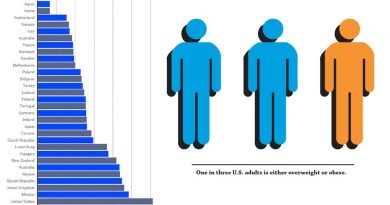Opinion: Skater appropriation vs. culture appropriation
“Do you even skate?” is a popular question that leaves one’s lips when the name “Thrasher” is displayed across their shirt.
There are people in the skateboarding scene that aren’t happy with people clinging onto “skater style.” These “posers” receive praise for being edgy or up to date with the new trends. The Thrasher brand and style may be a trend, but it isn’t new. Self-proclaimed skaters have been dressed like this for years.
The outrage over major labels like DKNY and Louis Vuitton making “cool clothes” seems more serious than it was over other trends that were real examples of cultural appropriation for the sake of fashion.
Subcultures are things like occupations or social groups. These are things that you can change or leave if someone really wanted to. Cultures are often tied in with ethnicities which is something you’re born with.
It’s starting to feel like people take the appropriation of subcultures more seriously than the appropriation of authentic cultures.
Bantu knots originally came from the Zulu tribes in southern Africa. This hairstyle was seen on runways in 2014 and later referred to as “twisted mini buns” by Mane Addicts. If designers don’t know what they are called, they should look into it.
Bindi’s represent a woman’s marital status and it also have multiple meanings for Hindus, which usually hold great spiritual significance.
Respecting that minorities have their own image and style — one that can’t just be turned into “fashion trends” — isn’t about not braiding your hair or not wearing a bindi. It’s about taking the time to look into the history of the trend and respecting the culture it comes from.
“I don’t know anything about skateboarding, but I thought the logo looked nice,” doesn’t work when you’re imitating the culture of a minority. But the skate genre is a “look.” You can, at any time, decide not to be a skater. You can’t do the same with your ethnicity.
There was a time when I spoke to a friend about the Kendall Jenner controversy when she posed as a ballerina for Vogue. As a dancer, I didn’t mind the cover of Vogue that much. Then again, I never did ballet.
During the conversation, my friend said “Imagine playing a sport your whole entire life and someone who has no experience or background knowledge on it just shows up and does something like that?” For ballerinas, there’s more to it than the pointe shoes and the outfits. They put in long hours and dedication. To these dancers, it’s an art and a lifestyle. But this was just Jenner playing dress up.
That’s basically every minority’s life when it comes to appropriation of their culture. Where was the outrage when people unapologetically paraded around Coachella in headdresses and dashiki. I’m not saying you shouldn’t take time to look into the Thrasher brand or ballet. I’m just saying that these sub-cultures do not have roots that go beyond culture that has deep roots. If you can worry about Thrasher and ballet, the same energy would be appreciated when it comes to cultural appropriation.







